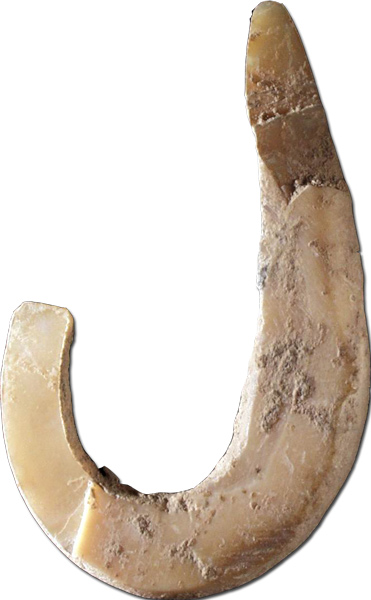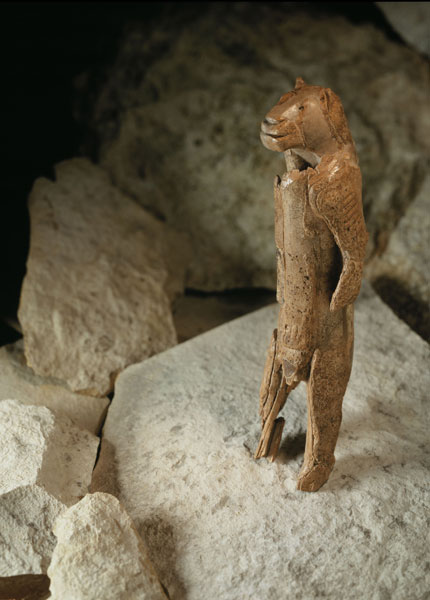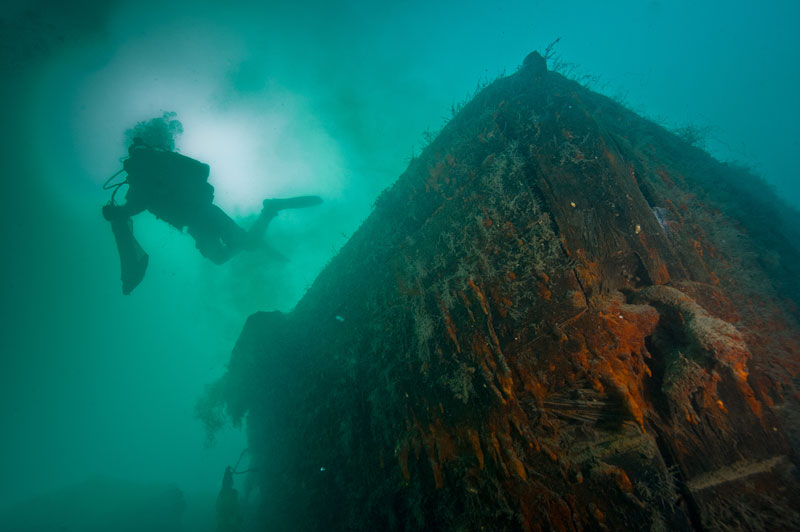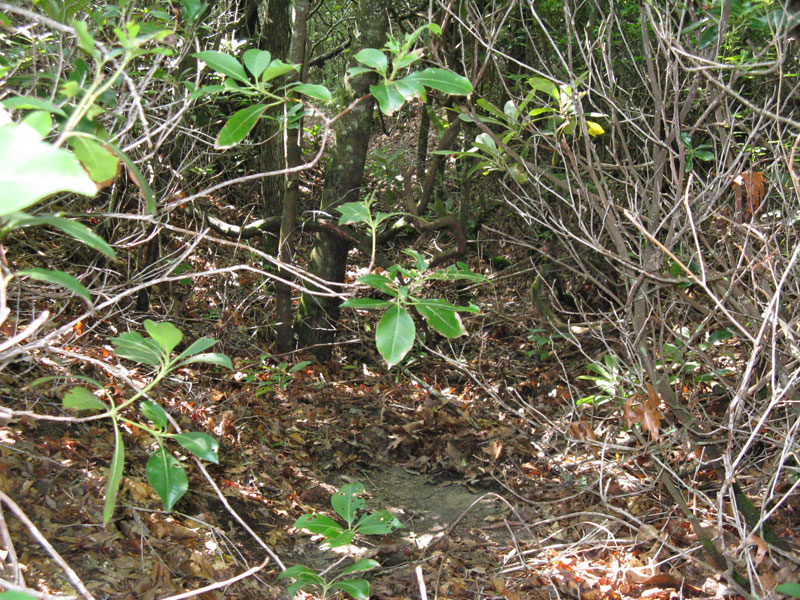
Two 11-square-foot pits dug in Jerimalai Cave on the east end of East Timor, an island nation off northwestern Australia, have provided some of the earliest evidence of fishing technology. Though there is little evidence of fishing activity beyond 10,000 years ago, fragments of fish hooks found in the cave date to between 16,000 and 23,000 years ago, making them the oldest ever recovered. A more complete hook dating to 11,000 years ago was also found at the site.
The inch-long hooks, all of which were made of shells from sea snails, would have been used to catch shallow-water fish, such as grouper and snapper, says Sue O'Connor, an archaeologist at Australian National University, who coauthored a study on the finds in Science. "They would have had a fiber line attached to the shank, and bait put on the hook," she explains. "Then, they would be cast or lowered into the water and left stationary."
Fish bones were also found in the deposits. Offshore species, such as tuna, account for nearly 50 percent of the remains dating to earlier than 7000 B.C. After that, shallow-water and reef species start to dominate, likely due to warmer climate and the proliferation of reef habitat. The variety of the bones depicts the humans of the time as skilled seafarers capable of fishing many species in both shallow and deep water.










